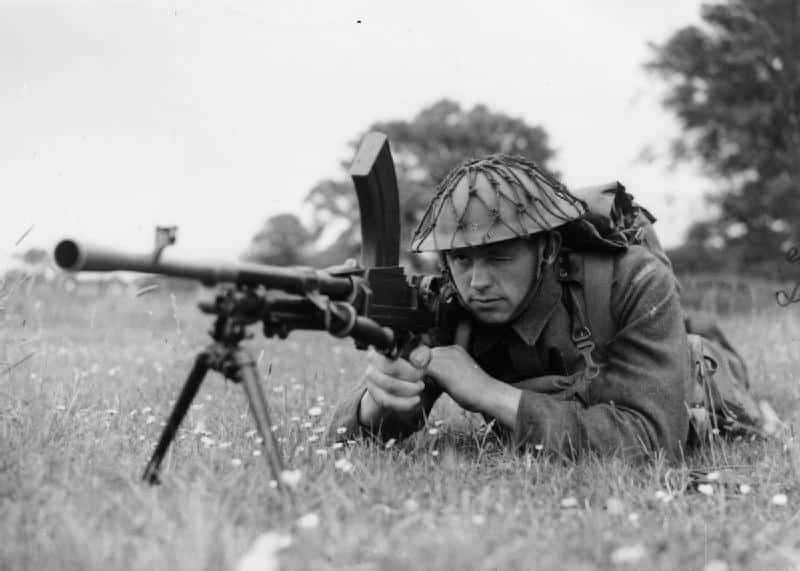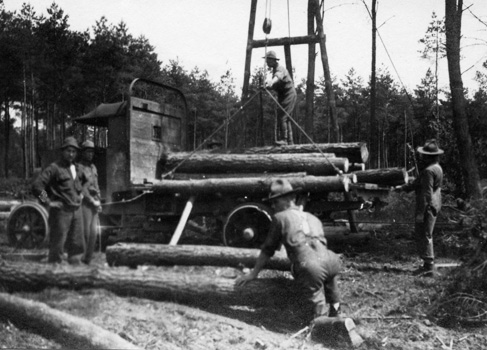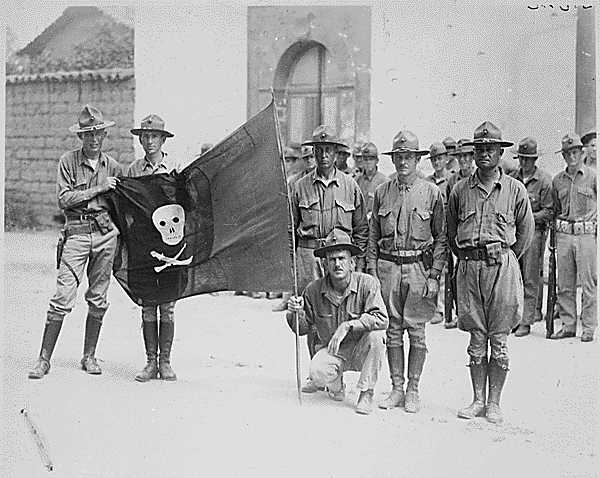World War I displayed the fearsome nature of machine guns and showed that machine guns were here to stay. The value of portable firepower became apparent, and magazine-fed light machine guns became massively important to modern warfare. After World War I, the Brits were on the hunt for a new light machine gun (LMG), and they stumbled across a weapon that would become the Bren LMG. It’s a weapon that would serve from the 1930s up to 1992.
The trials and tribulations of the Bren Gun
The Brits were armed with two machine guns coming out of the Great War. The heavy, belt-fed Vickers gun and the lighter pan drum-fed Lewis gun. Yet, soldiers armed with Lewis guns experienced numerous stoppages, and the non-changeable barrel would often overheat and potentially be damaged in the midst of a firefight.
The British military needed a new light support weapon, and in the 1920s began a series of trials. However, the cash-strapped British government couldn’t afford to change guns, even when the superior American BAR was recommended to it.
Yet, when the 1930s came around, the British began conducting extensive trials involving domestic and Swiss light machine guns, and an odd duck from Czechoslovakia.
Related: The FN Evolys – Carving its spot in the machine gun world
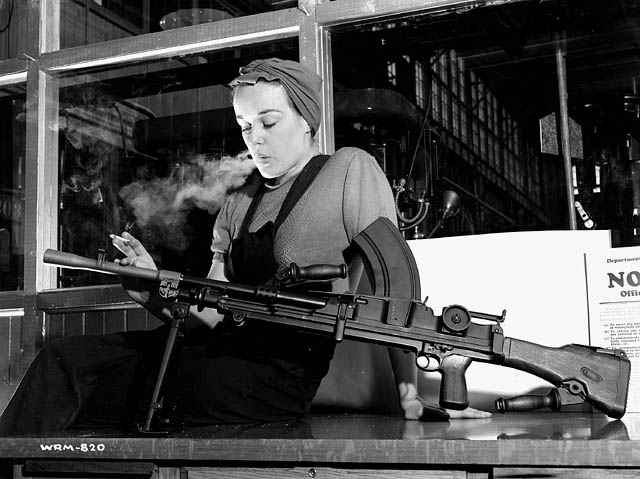
The Czech-made ZB vz. 26 stood out and won the LMG contest, and the Brits adopted a slightly modified version called the ZB vz. 27. The British Army had numerous changes they needed to make to the vz. 27 before it became a widely used weapon.
First, the Czechs swapped the gun to the .303 caliber and curved the mag to better accommodate the .303 cartridge. The pistol grip went from a pivoting design to a sliding design that could accommodate the tripod mount and sliding ejection port cover. This model would become the ZGB 33 and later the Bren. The name “Bren” came from the fact the gun was designed in the Czechoslovak city of Brno and manufactured by Enfield.
What made the Bren gun special
The best way to describe the Bren is an open bolt, gas-operated, air-cooled, magazine-fed, light machine gun that uses a long-stroke, gas-piston system. The Bren has four gas settings that use a series of apertures that feed more or less gas depending on the environment and condition of the weapon.
The magazine included with the original Bren guns held 30 of the .303 British rounds and was mounted to the top of the gun. Top mounting was a tactical decision, and albeit it looks odd today, it made a lot of sense at the time, since the magazine was long, and automatic weapons are best fired from the prone position. At best, a bottom-mounted magazine would mean a larger bipod and high prone position.

Bren guns were two-man guns with an A-gunner (Number 1) and B-gunner (Number 2). The top-loading magazine made it easier for an assistant gunner to reload the weapon quickly. Due to the top-loading magazine, the sights were offset and pushed to the left. The gun could only be effectively used from the right shoulder.
With a firing rate that fell between 480 and 540 rounds per minute, the Bren gun was plenty easy to control. Also, a slower firing rate allowed the gunners to conserve ammunition better. (Trust me, 30 rounds can go quite quickly in a machine gun.) British gunners used the weapon in semi-auto until full auto was needed. A low rate of fire made it easy for gunners to cook off only a round or two.
Like any proper fire-support weapon, the A-gunner could quickly change the barrel to help sustain automatic fire. The original Brens weighed 25 pounds loaded.
Related: The trench guns of World War I
Performance in the Second World War
It turned out that the 1930s was a good time to upgrade your weaponry. With the Nazi menace rising, the Bren guns were put to good use. They became a standout light machine gun during the war.
They proved to be remarkably reliable and incredibly accurate — at least for a light machine gun. Thus, an urban legend started declaring that the Bren was too accurate for machine-gun use and the beaten zone was much too small. This wasn’t true, and the Bren gun served with distinction. The British army aimed to arm one of every four soldiers with a Bren.
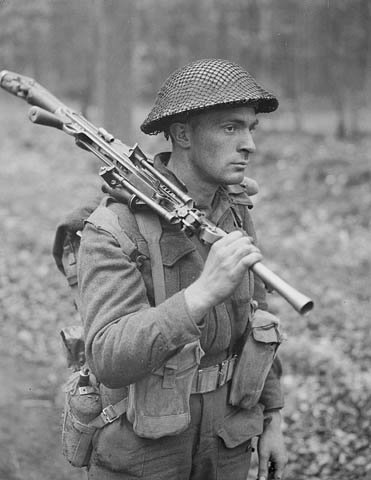
Yet, after losing 27,000 of the guns in France, that became a tough goal. The guns were expensive to produce, so the Brits sought to reduce the cost and simplify the design. The Bren Mk 2 versio lowered the cost a fair bit and simplified production. The proceeding Mk3 not only lowered cost further but trimmed the weapon’s weight by three pounds. Finally, the Mk4 drove the weight down a few more ounces and became the adopted model, but only 250 of these guns saw war service.
Canada, India, and Australia produced Bren guns for their forces as well. The weapon’s reputation preceded it, and it was one of the best, if not the best, LMG of the Second World War. Everyone from French partisans to Chinese Nationalists carried the weapon in combat. It became as widespread as the war.

The guns saw themselves on the move with infantry, attached to vehicles, and even anti-aircraft roles with modified tripods and 100-round drum magazines. The gun went everywhere and earned a stellar reputation.
A world after the war

After the Second World War, the gun remained in service across the globe. Eventually, the Brits adopted the FN FAL rifle and then converted the old .303 guns to 7.62 NATO and outfitted them with FN FAL magazines. The Bren remained in a fire support role up into the 1990s when the Brits began standardizing the 5.56 round into their rifle squads.
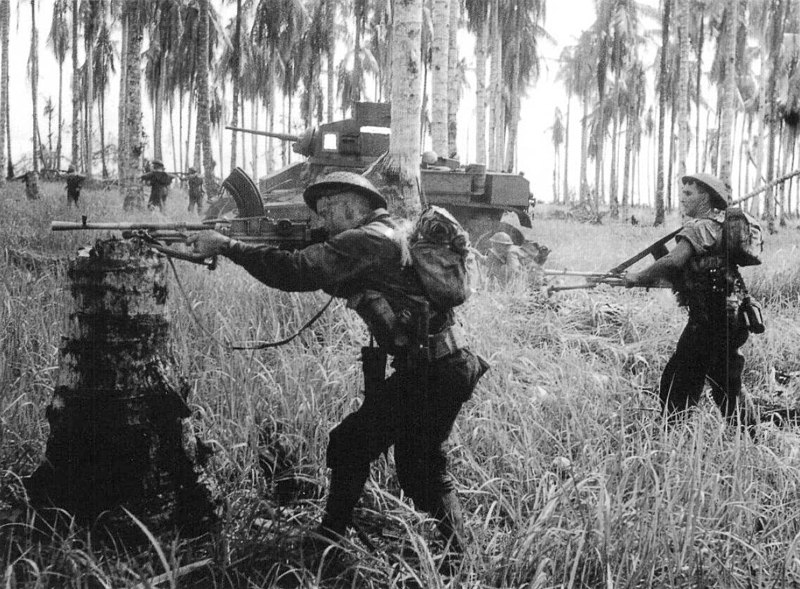
Bren guns are likely still seeing service worldwide in the hands of rebels, guerillas, and militaries without F-35 budgets. While the Bren might be out of date, suppressing fire is still suppressing fire.
The Bren gun has a fascinating history and a rich service life, even if it’s an odd little Czech gun by way of our tea-sipping friends.
